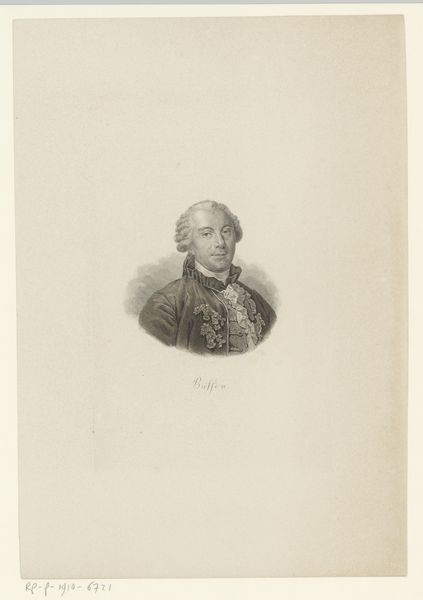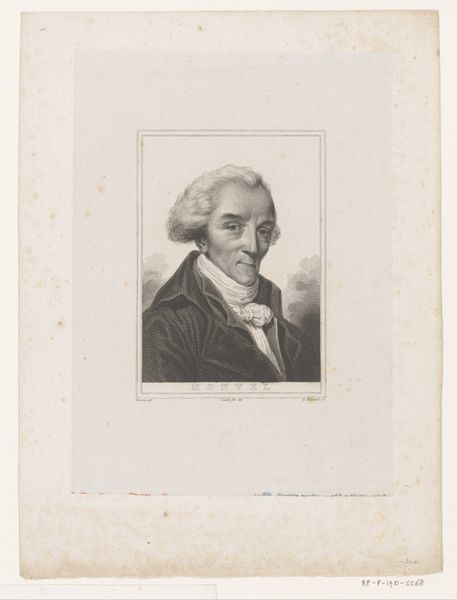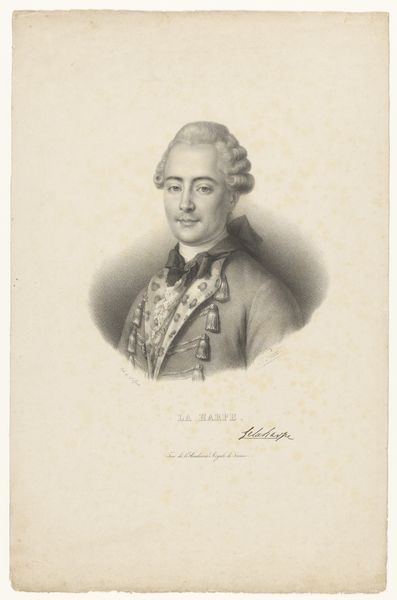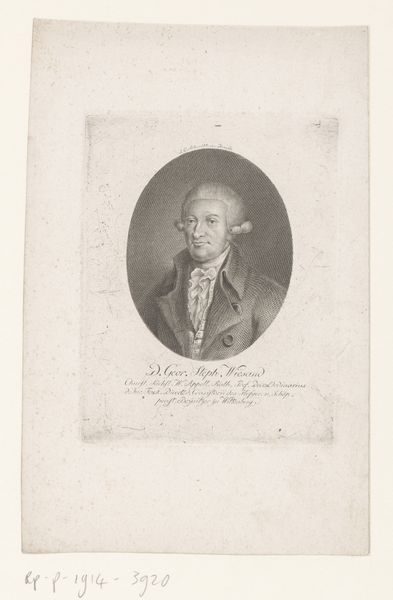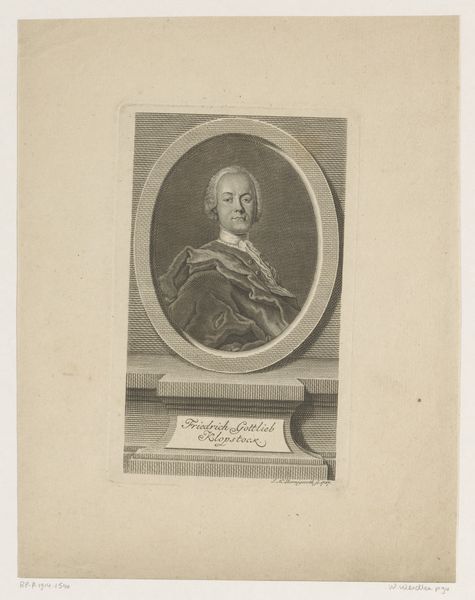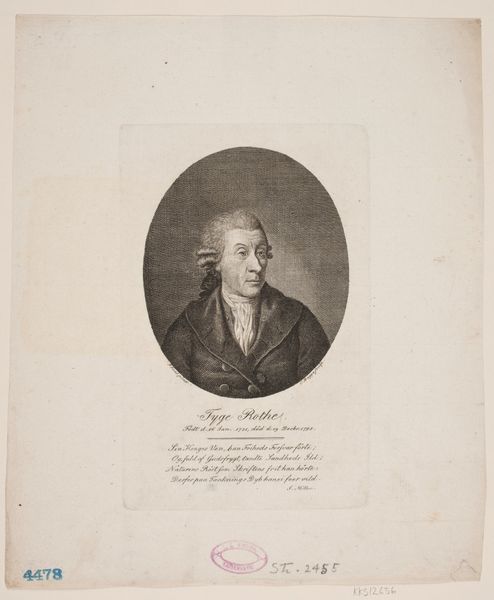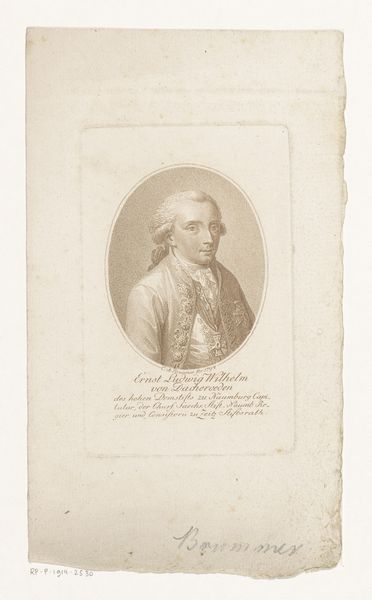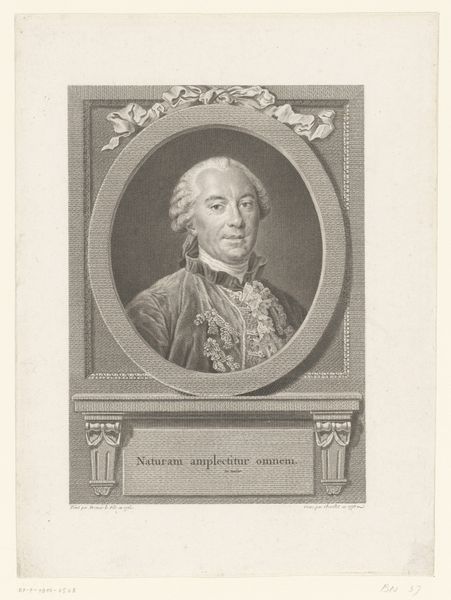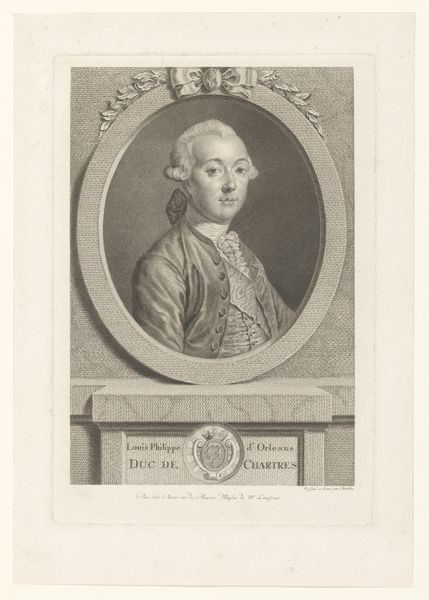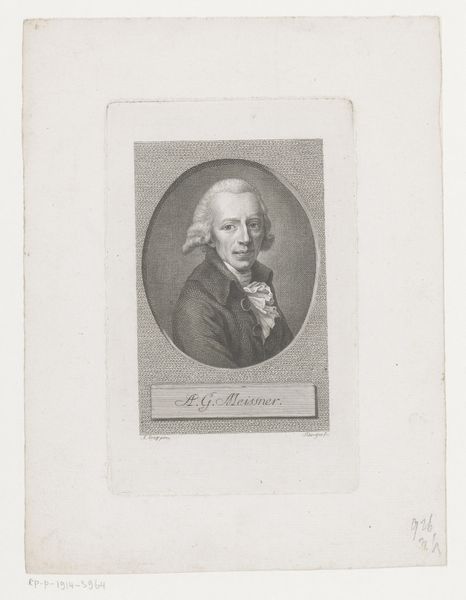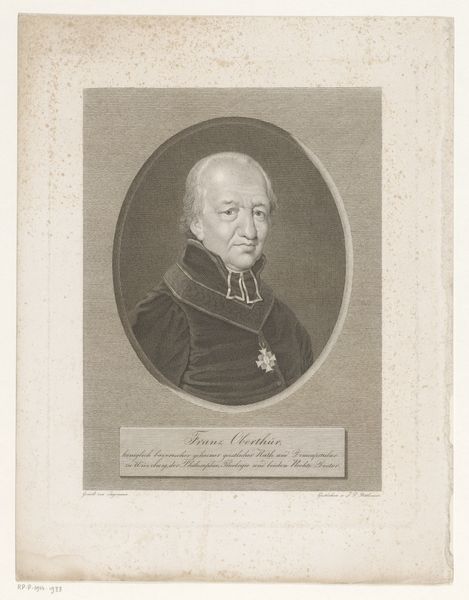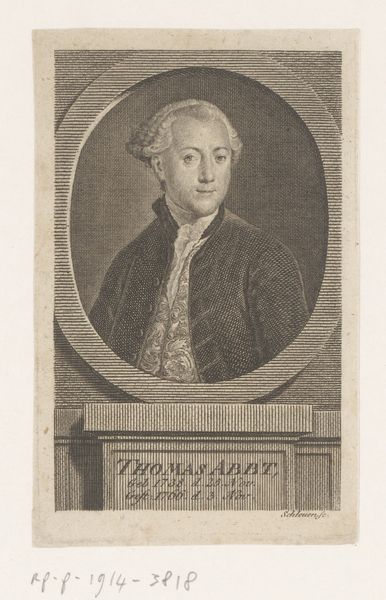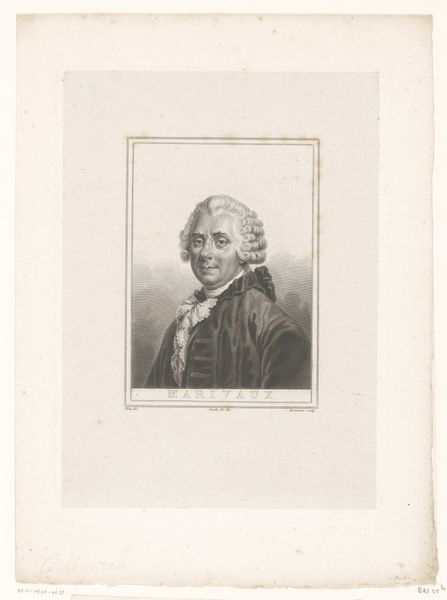
#
pencil drawn
#
photo of handprinted image
#
light pencil work
#
shading to add clarity
#
pencil sketch
#
old engraving style
#
personal sketchbook
#
ink colored
#
sketchbook drawing
#
pencil work
Dimensions: height 82 mm, width 75 mm
Copyright: Rijks Museum: Open Domain
Curator: This is a print, "Portret van Johann David Michaelis," created in 1790 by Johann Gottfried Schmidt. Editor: It’s striking how delicate the lines are, almost ethereal. It projects a sense of studied calm, wouldn't you agree? Curator: Absolutely. Schmidt really captures the gravitas expected of a scholar like Michaelis. Look at the precision of the hatching—it creates depth and volume using solely line work, almost an Old Master effect, but done with accessible materials. Editor: Accessible materials are key! The widespread use of prints allowed images, and therefore ideas, to circulate much more freely. Considering its relative inexpensiveness, do you feel it flattens Michaelis by making him another easily reproduced commodity? Curator: Not necessarily. I think the portrait functions on two levels. Yes, it is reproducible, fulfilling a demand for images of prominent figures, spreading his likeness far beyond the reach of an oil painting. But within that function, there's an intentional visual language. The circular frame, for example, might be symbolic of Enlightenment ideals - rationality, order, completeness. Editor: Intriguing… I am drawn to the materiality itself - the paper, the ink, the plate it was printed from, even the press involved in its creation, each aspect imbues the piece with character. It shifts our focus from purely *who* is portrayed to *how* it was made. Curator: Exactly! Schmidt used these reproductive means to disseminate his image to an audience perhaps more inclined to science than aesthetics alone, giving Michaelis' persona greater weight and endurance than traditional, exclusive portraiture could afford. The details are intriguing - "Licensus pa. 1761," as a declaration of rights or a guarantee of authenticity, along with the creator's and date gives such layers. Editor: That tension between high and low art—the artistic merit in reproduction rather than unique creation, that truly encapsulates an age of innovation, an approach made affordable. It reconsiders assumptions around artmaking and distribution practices as well. Curator: I see your point. The print bridges the gap between a formal portrait and mass media image; perhaps both capturing and constructing Michaelis' intellectual persona in the process. Editor: Precisely. The work offers not only an idea about representation and likeness but simultaneously, illuminates how print media’s democratizing forces were revolutionizing communication within late eighteenth-century society. Curator: Well, examining those techniques has given me new ways to ponder on Michaelis' wider resonance. Editor: And for me, how art’s value becomes intimately intertwined with both labor and reach.
Comments
No comments
Be the first to comment and join the conversation on the ultimate creative platform.
